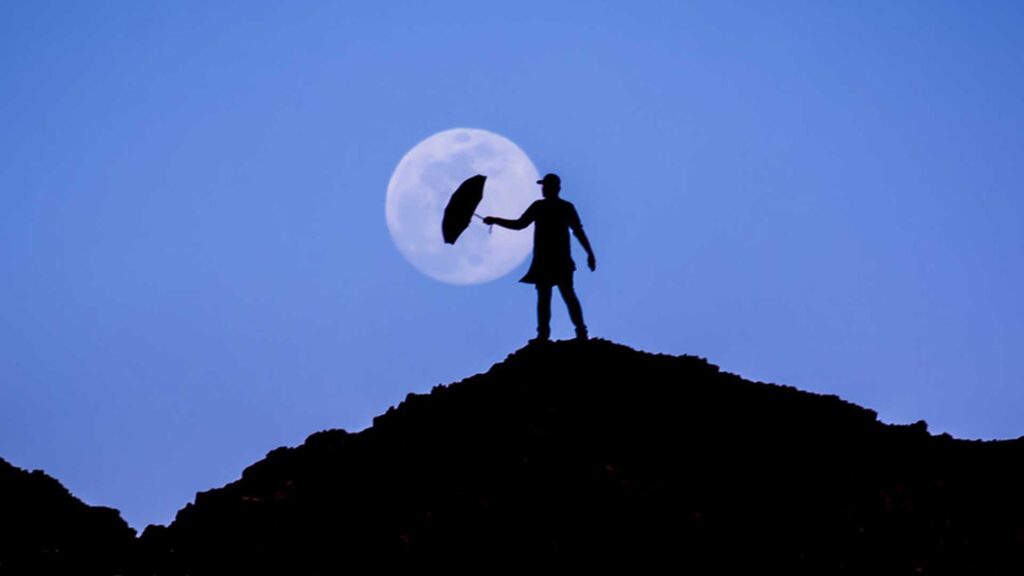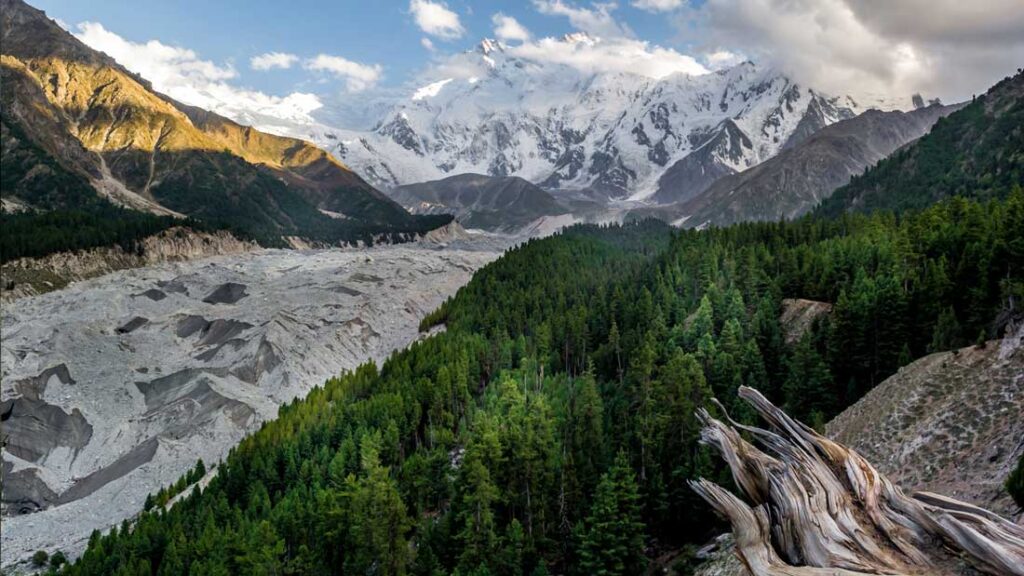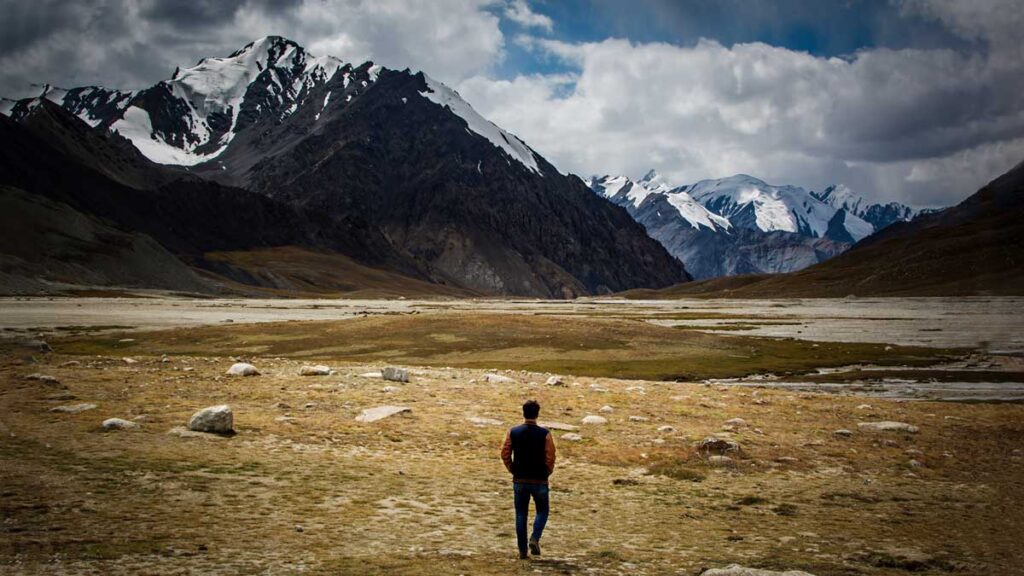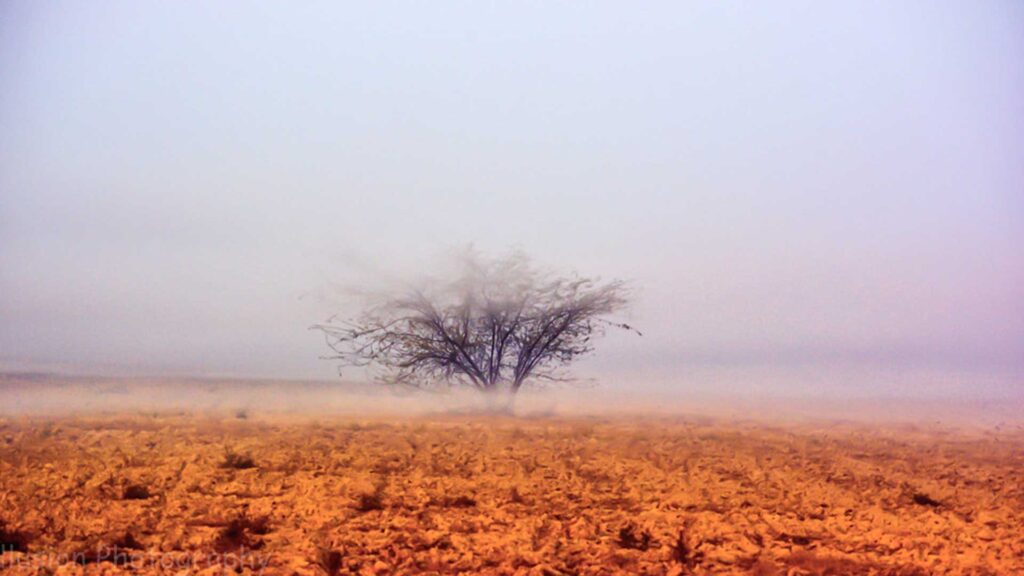The first time I stood in front of a sweeping mountain range with my camera in hand, I thought simply pressing the shutter would capture the magic I was seeing. But when I looked at my photo, the landscape felt flat and lifeless compared to what I had just experienced. It took time to realize — great landscape photography isn’t about just clicking; it’s about understanding light, composition, and technique to translate what you see into something that resonates with others.
Whether you’re capturing the rolling hills of northern Pakistan, the deserts of the UAE, or the dramatic coastlines abroad, these landscape photography tips will help you turn ordinary snapshots into extraordinary images.
1- Plan Your Shoot Around Light
Light can make or break a landscape photo. The best times to shoot are during the golden hour (just after sunrise or before sunset) and the blue hour (just before sunrise or after sunset). These moments provide soft, warm, and flattering light that adds depth and mood to your images.
📌 Pro Tip: Use apps like Sun Locator or The Photographer’s Ephemeris to track the position of the sun and plan your shots accordingly.

2- Use a Tripod for Sharp Images
Handheld shots may work for casual photography, but for landscapes, a tripod is essential. It ensures stability for long exposures, sharper images, and better composition control. Even a slight shake can ruin a photo, especially in low-light conditions or when shooting with slower shutter speeds.
📌 Pro Tip: Invest in a lightweight but sturdy tripod if you travel often. Carbon fiber tripods are a good balance between strength and portability.
3- Master the Rule of Thirds
The rule of thirds is a foundational composition technique often recommended in landscape photography tips for beginners. Imagine dividing your frame into nine equal parts using two horizontal and two vertical lines. Place key elements — such as the horizon, mountains, or a tree — along these lines or at their intersections to create balance and visual interest.
📌 Pro Tip: If your camera offers a grid overlay, turn it on. It will help you quickly align horizons and subjects.

4- Include Foreground Interest
One of the biggest mistakes beginners make is only focusing on the distant horizon. Adding foreground elements — like rocks, flowers, or water — creates depth and leads the viewer’s eye into the frame. This layering effect makes the photo more immersive.
📌 Pro Tip: Get low and experiment with angles. Sometimes, crouching down and placing a flower in the foreground makes a dull shot come alive.

5- Use Leading Lines to Guide the Eye
Leading lines are natural or man-made elements that guide the viewer’s gaze toward your subject. Roads, rivers, fences, or even shadows can draw attention deeper into the frame, giving your landscape a sense of direction and storytelling.
📌 Pro Tip: While exploring, look for paths, streams, or trails that can act as leading lines and position yourself so they lead toward your subject or horizon.
6- Pay Attention to the Sky
A dull, empty sky can ruin an otherwise beautiful landscape. If the sky isn’t interesting, minimize it in your composition and focus more on the foreground. On the other hand, if there are dramatic clouds, storms, or sunsets, give the sky more room to shine.
📌 Pro Tip: Consider using a polarizing filter. It deepens blue skies, reduces glare, and enhances contrast, especially on bright sunny days.

7- Shoot in Manual Mode
Learning to shoot in manual mode gives you complete control over exposure. The exposure triangle — shutter speed, aperture, and ISO — allows you to balance light creatively. For landscapes, use:
- Narrow apertures (f/8–f/16): to keep the whole scene in focus.
- Low ISO (100–200): to avoid noise and keep images clean.
- Shutter speed: adjusted depending on light and whether you want to freeze motion or capture blur (like waterfalls).
📌 Pro Tip: Use your camera’s histogram to check exposure. Relying only on the LCD may trick your eyes.
8- Add a Living Element to Your Landscape
Landscapes on their own can be breathtaking, but sometimes adding a living element — whether it’s a human, an animal, or even a flock of birds — can completely transform the image. A person standing on a cliff gives the viewer a sense of scale, showing just how vast and grand the scene is. Wildlife like horses, cows, or birds in flight add a touch of life and movement to an otherwise still frame.
📌 Pro Tip: Place the human or animal subject strategically using the rule of thirds or along leading lines. This way, they complement the scene instead of overpowering it.

9- Embrace Weather and Seasons
Landscape photography isn’t just about sunny days. Mist, rain, snow, or stormy skies can add mood and drama to your photos. Each season brings a unique palette: lush greens in spring, golden hues in autumn, and icy textures in winter.
📌 Pro Tip: Always carry protective gear for both you and your camera. A rain cover or even a plastic bag can save your equipment during sudden weather changes.
10- Shoot in RAW and Edit Thoughtfully
Shooting in RAW format preserves all the data your camera captures, giving you greater flexibility in editing. You can recover highlights, enhance shadows, and fine-tune colors without degrading image quality.
📌 Pro Tip: Use editing software like Lightroom to adjust exposure, contrast, and white balance. But don’t overdo it — aim for enhancing reality, not altering it completely.

11- Practice Patience and Experiment
The secret behind breathtaking landscapes often comes down to patience. Sometimes you’ll wait hours for the perfect light, or return multiple times to the same spot until the scene matches your vision. Don’t rush — landscapes reward persistence.
📌 Pro Tip: Revisit the same location at different times of day and seasons. You’ll be amazed at how the mood of the landscape changes.
12- Tell a Story Through Your Landscapes
Great landscape photography goes beyond capturing what’s in front of your lens — it’s about conveying a feeling, a mood, or a story. A mountain isn’t just a mountain; it can symbolize strength, solitude, or adventure. A foggy forest might evoke mystery, while a sunset over the sea may capture peace or romance.
When composing your shot, ask yourself: What do I want people to feel when they look at this photo? The answer will guide your choices — whether to include a human element for scale, wait for dramatic light, or frame the scene to highlight certain details.
📌 Pro Tip: Think like a storyteller. Instead of just documenting a place, capture images that evoke curiosity and emotion. The best landscape photographs leave the viewer imagining the journey behind the scene.
🎁 Bonus Tip: Always Look Back Before Leaving
When you’re wrapping up your shoot and about to leave, don’t forget to turn around and look back. Light in landscapes changes constantly — and with it, the entire mood of the scene transforms. What looked ordinary when you arrived might now be glowing with golden light, painted with shadows, or wrapped in soft evening tones.
Sometimes, the most magical frame of the day reveals itself at the very last moment, just when you thought you were done.
📌 Pro Tip: Before you pack up your gear, give the landscape one final glance. You may discover the shot that becomes your favorite from the whole trip.
Conclusion
These landscape photography tips are not just about technical mastery but also about developing patience, creativity, and vision. By planning your light, mastering composition, and experimenting with manual controls, you’ll move from ordinary snapshots to images that truly tell a story.
Remember, photography is a journey — each shot you take teaches you something new. So grab your camera, step outside, and let the landscapes around you inspire your creativity. And the next time someone asks for the best landscape photography tips for beginners, you’ll not only know them but also have lived them through your own images.



